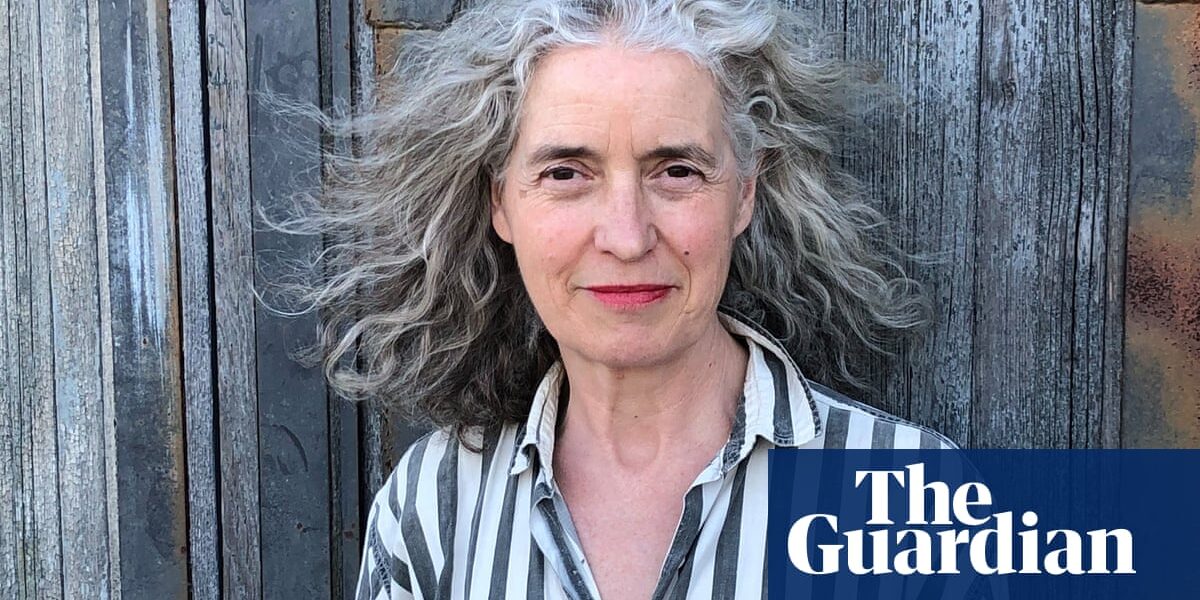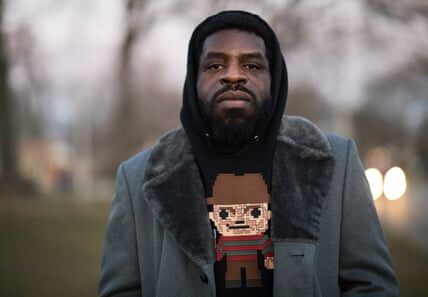The book “There Is No Blue” written by Martha Baillie is a poignant and challenging account of her family’s experiences.

W
When a loved one takes their own life, feelings of guilt are inevitable. However, when they blame you for their actions, the guilt can become overwhelming. This was the case for Martha Baillie, a Canadian novelist, whose sister Christina committed suicide at the age of 61. On the wall, written in blue marker, were three reasons Christina gave for wanting to take her own life: “Because of schizophrenia / Because of The Juniper Tree / Because of losing the house”. Christina had struggled with schizophrenia for many years, and had attempted suicide in her 20s. “The Juniper Tree” referred to a Brothers Grimm fairytale where a child is killed by one parent and fed to the other in a stew, mirroring Christina’s feelings of being victimized by her own family. However, it was the third reason that weighed heavily on Martha’s mind. Despite Christina expressing her fear of being forced to leave the family house in Toronto and finding a body there, Martha was determined to sell it.
The book is a collection of three essays that explore the dysfunction of a typical middle-class family, described as “a dog chasing its own tail”. Death serves as the main theme and inspiration for insightful sayings. The author compares the impact of losing a loved one to being punched in a cartoon, causing one to see stars, or being pulled by a train entering a station, attempting to take everyone from the platform. The first essay shares the story of her mother’s passing at the age of 99, while the second reflects on her father’s life as a mathematics professor who found companionship later in life through marriage. The author has fond memories of both parents, with her mother always expressing her love and her father being a kind man who cared for trees and animals. However, in the final essay, the suicide of Christina causes the author to revisit her childhood and reevaluate her parents.
Christina wrote in her journal that she allows the word “familiar,” but not “family.” Martha can only bring herself to read parts of the journal. Christina believes that her mother stabbed her in the eye with a needle when she was three years old, despite the operation she had for a wandering eye. Martha finds this belief unlikely. She felt like the less favored child, as their mother doted on and tried to please Christina, whom she saw as a reflection of herself. Martha is confused by how their upbringing could lead her sister to believe that their parents were part of a circle of Nazi pedophiles. As the mediator, she remains patient when Christina refuses to speak to their mother. Martha also tries to understand by using psychobabble, such as saying that it makes sense for Christina to feel “stabbed in the I.”
It is more difficult for Christina to determine if her father truly molested her. When she was 13, a school janitor made a move on her, and she may have projected this experience onto her father. He did discipline her by spanking her when she disobeyed, just as he did with her sister Martha and their mother. This was seen as normal parenting to them. However, the father’s hostility towards Christina during her teenage years was more concerning. They would argue, and she would often come out on top, but he would continue to nag and criticize her, not considering her vulnerabilities as a young adult.
She was quite delicate. In a journal, she lamented, “If only I hadn’t fallen in love with death at such a young age.” She used his razors and broken bottles to harm herself. She developed an eating disorder, was diagnosed with PTSD, experienced hallucinations, and suspected she was on the autism spectrum. Despite being attracted to women, she married N, a painter. As his career took off, her aspirations as a writer dwindled. To find solace, she collected antique dolls and occasionally spoke in “their” voices. After returning to Toronto from Victoria following the end of her marriage, she hoped to freely express her lesbianism. However, her fear of others intensified and her only close relationships were with her sister, mother, and psychiatrist, Dr. R. Against Dr. R’s advice, Christina stopped taking medication and became more unpredictable. She would show up at the library where Martha worked in various disguises, such as an elderly bearded man one day and a thin British woman the next.
Martha admits to a long-standing rivalry with her sister during their childhood and to a disagreement about selling the family home. Despite this, she took care of her sister Christina by checking up on her, arranging repairs, and working together on a book. Christina’s writing, which is extensively quoted, can be challenging to understand as it blurs the line between living and non-living things. However, Martha makes sense of it and defends it, comparing it to James Joyce’s Finnegans Wake. She accepts that she may never fully understand why their shared upbringing had such different outcomes, and any truth she discovers will be subjective. Nevertheless, the story she tells is bold, affectionate, and captivating.
-
Samaritans can be reached at 116 123 in the UK and the domestic abuse helpline at 0808 2000 247. In Australia, Lifeline offers crisis support at 13 11 14 and the national family violence counselling service can be contacted at 1800 737 732. The US has a suicide prevention lifeline at 988 and a domestic violence hotline at 1-800-799-SAFE (7233). Additional global helplines can be found on www.befrienders.org.
-
The book There Is No Blue is available from Granta publishing for £16.99. You can purchase a copy to support the Guardian and Observer at guardianbookshop.com. Additional fees may apply for delivery.
Source: theguardian.com

